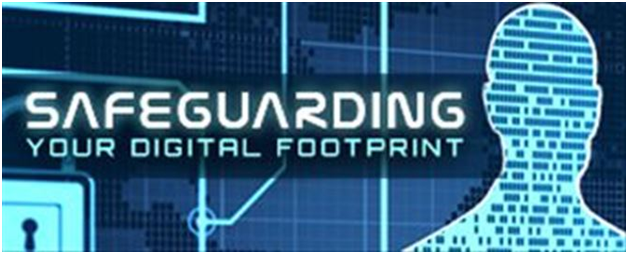In certain circumstances, children, the elderly and other groups of people may be particularly vulnerable, and the law seeks to recognise this. Consequently, there are several mechanisms in place to ensure these groups receive proper protection. One of the most important of these is the Safeguarding Vulnerable Groups Act 2006.

The Safeguarding Vulnerable Groups Act 2006: An overview
This statute had its genesis in collaborative talks between the government, welfare and social services agencies, and Ofsted. It has three main effects. It tightens the ways in which checks are conducted on individuals seeking to work with children, elderly people and anyone else who is classed as particularly vulnerable under the Safeguarding Vulnerable Groups Act. In addition, it affords employers new powers to verify the safety and reliability of potential new recruits to work with vulnerable groups.
Finally, it ensures that bodies like the Disclosure and Barring Service (DBS) are run more efficiently and with greater rigour. The DBS replaces the Criminal Records Bureau (CRB) and the Independent Safeguarding Authority (ISA). The old CRB check is now referred to as a DBS check.
What is a DBS check?
This is a search of police records and, in certain circumstances, of barred list information. A clear search results in the applicant receiving a DBS certificate, which confirms that there are no known legal reasons for them to be considered unsuitable to work with vulnerable groups. Only those 16 years of age or older can be asked for a DBS check. An individual themselves cannot apply for their own DBS check; only a potential employer, licensing body or other interested agency can do so.

How to conduct a DBS check
The government provides comprehensive information on the procedure. It is a four-step process.
The employer, or other relevant body, acquires an application form from the DBS or a registered body, such as http://www.carecheck.co.uk/, which has access to DBS checks. The employer then gives the applicant the form. Once the applicant has completed it, they return it along with identity-supporting documents to the employer.
The employer then returns the form to the DBS or other body. Turnaround can be swift. The DBS or umbrella body sends the DBS certificate to the applicant alone. It is up to that applicant to share the certificate with the potential employer.